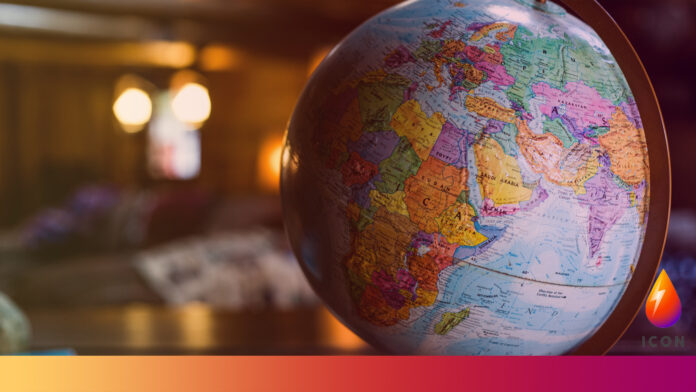Together with partnering organisations, the European Commission has launched the Destination Earth initiative to develop a highly accurate digital model of the Earth.
Supported with an initial €150 million from the Digital Europe Programme until mid-2024, the digital twin will help monitor, model and predict natural and human activity, and develop and test scenarios for more sustainable development.
‘High-quality information, digital services, models, scenarios, forecasts and visualisations’ will be provided first to public sector users and then gradually to scientific communities, the private sector, and the public.
Margrethe Vestager, Executive Vice-President for a Europe fit for the Digital Age, commented: “Destination Earth will improve our understanding of climate change and enable solutions at global, regional and local level.
“This initiative is a clear example that we cannot fight climate change without digital technologies. For example, the digital modelling of the Earth will help to predict major environmental degradation with unprecedented reliability.”
The Commission, the European Space Agency (ESA), the European Centre for Medium-Range Weather Forecasts (ECMWF), and the European Organisation for the Exploitation of Meteorological Satellites (EUMETSAT) will gradually develop the Destination Earth system by setting up a core platform that will host digital replicas of Earth systems and natural phenomena, called Digital Twins.
By the end of 2024, the Destination Earth system is set to be composed of:
- Core Service Platform operated by ESA. It will provide decision-making tools, applications and services, based on an open, flexible, and secure cloud-based computing system.
- Data Lake operated by EUMETSAT. The data lake will be built upon existing scientific datasets, such as the Copernicus Data and Information Access Services (DIAS), complemented by other non-spatial sources, like sensor-based environmental data and socio-economic data.
- Digital Twins, developed by ECMWF. They combine data from real-time observations and simulations:
- The Digital Twin on weather-induced and geophysical hazards will focus on floods, droughts, heat waves, and geophysical phenomena like earthquakes, volcanic eruptions, and tsunamis. In case of floods, for example, this Digital Twin will help local and regional authorities to test actions with greater accuracy that will help save lives and reduce property damage.
- The Digital Twin on climate change adaptation will provide observation and simulation capabilities to support activities and mitigation scenarios for climate change. To help achieve carbon neutrality, information will be made available from different domains such as sustainable agriculture, energy security, and protection of biodiversity.
More information about Destination Earth is available on the European Commission website.
